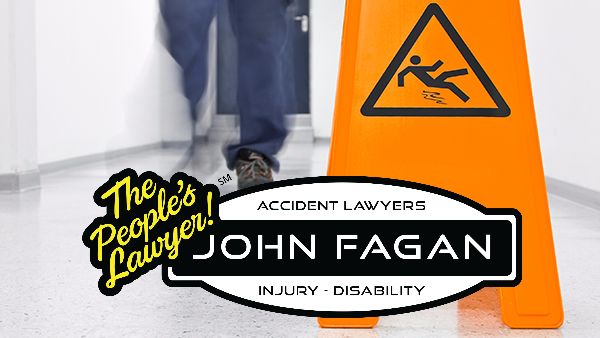When a premises liability case calls for scientific expertise, you need an expert witness with the right qualifications. (Photo: Shutterstock)
For most of the nearly 30 years that I practiced law involving claims of personal injury (representing both plaintiffs and defendants), a claim of injury due to a “slip and fall” usually focused on one of two questions with regard to liability:
When a foreign substance or object was the alleged cause, did the premises owner have sufficient notice of the hazard to require removal of or warning of the presence of the hazard; or
Was there a violation of a building code or other regulation with regard to the premises that the owner failed to remedy which was the proximate cause of the fall?
Arriving at an answer to either of those questions normally was an issue of fact that rarely needed the testimony of one with any sort of scientific expertise.
Times have changed. These days, the parties to a slip and fall case turn to experts in the field that is referred to as Human Factors Engineering or simply Human Factors. Many attorneys know that an expert in Human Factors can be employed to prove either a claim or defense in a premises liability case, but they may not know what scientific field qualifies someone to offer sound opinions in this scientific discipline. If an attorney in a premises liability case wants to find an expert to prove that the subject premises either was or was not safe, using scientific expertise as the grounds for their opinions, they must know where to look for such an expert witness.
Human Factors Engineering is a synonym for Ergonomics, and Ergonomics is a sub-specialty of Industrial Engineering. In August of 2000, the International Ergonomics Association adopted the following definition:
“Ergonomics (or Human Factors Engineering) is the scientific discipline concerned with the understanding of interactions among humans and other elements of a system and the profession that applies theory, principles, data and methods to design in order to optimize human well-being and overall system performance.”
According to the Center for Ergonomics at the University of Louisville, Speed School of Engineering, the three domains of specialization within ergonomics are described as cognitive, physical and organizational.
Cognitive ergonomics is concerned with mental processes, such as perception, memory, reasoning and motor response, as they affect interactions among humans and other elements of a system. This area of specialization includes information and research related to warning design and evaluation.
Physical ergonomics is concerned with human anatomical, anthropometric, physiological and biomechanical characteristics as they relate to physical activity. Many examples of research and development in this branch of ergonomics can be seen in worker’s compensation issues. The development of work stations with ergonomic designs, wrist and back braces for workers designed to reduce work injury and devices designed to dampen vibration of tools to cut down on development of carpel tunnel syndrome are examples of what experts in this domain have contributed to safety in human activity.
Organizational ergonomics (also known as macro-ergonomics) is concerned with the optimization of sociotechnical systems, including their organizational structures, policies and processes. Examples of relevant topics encompassed within this domain are communication, crew resource management, teamwork, participatory work design, community ergonomics, computer supported cooperative work, virtual organizations and quality management.
In addition to degrees in Industrial Engineering with emphasis in Ergonomics/Human Factors, the qualified expert in a premises liability case may be a Certified Safety Professional (CSP). The designation is obtained through the Board of Safety Professionals and requirements include both educational degrees and an experience requirement of four years in which at least 50% of the candidate’s professional activities were devoted to the prevention of harm to people, property or the environment. Once a candidate for the certification is deemed to be qualified, they must pass a safety certification exam. An expert with the Safety Professional certification has added credentials to offer opinions regarding the appropriate and/or required safety measures that are to be taken at the type of businesses that may be involved in a premises liability action.
Ideally, an expert with an advanced degree in Industrial Engineering, with an emphasis in Human Factors Engineering/Ergonomics and a CSP could offer opinions on most, if not all, of the liability issues to be addressed in a premises liability case. Such scientific expertise is quickly becoming an essential part of proving both the claims and the defenses in such personal injury legal battles.






